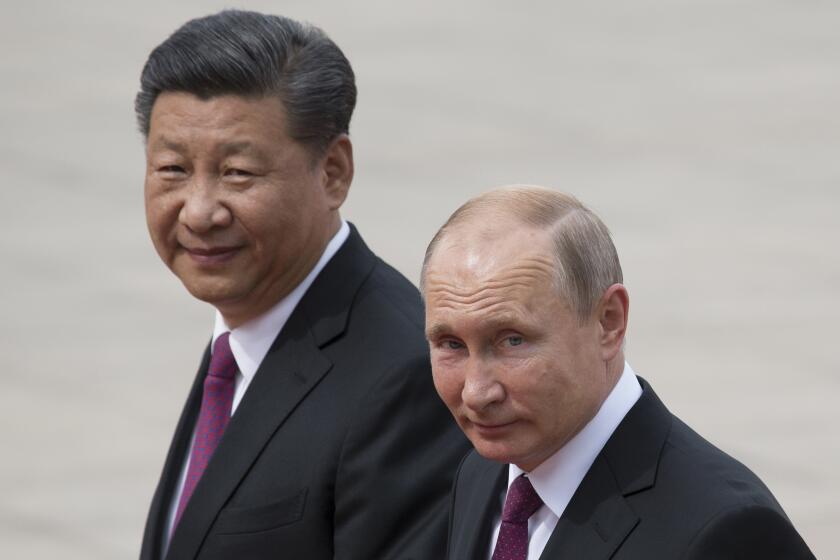Phoenix Endures Consequences of Runaway Growth
Earl A. Harris moved three times in the last 20 years to break away from Phoenix’s sprawl.
He started out on the city’s northwestern edge, moved westward to suburban Peoria, then 200 miles to the mountain town of Pinetop-Lakeside before finally landing in Avondale, 15 miles west of downtown.
Just four years into his life at his latest home, he has seen new homes gobble up the farmland that surrounded his neighborhood.
“I can see what’s going to happen,” Harris said. “I’m going to have to move. I’m not going to stay in this busy city. I just have to keep moving farther out.”
Like many Arizonans, Harris believes the Phoenix metropolitan area, which has seen its population rise 45% in the last decade, to 3 million people, needs to control its growth.
People in the 25 cities and towns that make up the area are clearly annoyed by the afternoon traffic jams that can turn Interstate 17 into a parking lot. They complain that pollution from car emissions clouds the view of desert mountains surrounding the city. And they grouse that resources at their kids’ schools are spread thin by all the new people.
Yet they’ve been unwilling to do anything to stop it. Last year the state’s voters, Harris included, rejected a plan to require communities to impose growth boundaries.
“They have divorced themselves from the issue,” said Tom Rex, research manager for the Center for Business Research at Arizona State University. “They don’t see they are contributing to the problems.”
Even though growth opponents question whether the city can accommodate more people, many politicians and economists say Phoenix will continue to expand.
Phoenix offers a reasonable cost of living, relatively affordable housing and a mild climate throughout much of the year--factors that draw employers to the metro area, said Elliott Pollack, a Phoenix economist and real estate investor.
Utility experts believe the availability of electric power and water probably will not keep the metro area from expanding farther into the desert, though they said more power plants are needed.
Environmentalists and other growth-management advocates blame the problems on the pro-growth approach of government in Arizona.
While some government officials say current laws are adequate, others think the Legislature hasn’t done enough and is too easy on developers.
State law allows communities to assess some costs of new development--fees can range from nothing to $12,000 per home--but it’s not enough, said Mike Evans, a councilman in suburban Gilbert who supported the state’s unsuccessful growth-management plan last year.
Proposition 202 would have required communities to impose growth boundaries and force developers to foot the bill for roads, schools and other public services that serve new subdivisions. It was modeled after an Oregon law that limits growth around Portland.
Supporters said voters rejected the Arizona proposal because developers and other business interests had enough advertising dollars to bombard voters with negative information.
Opponents said it would have wrecked Arizona’s economy, cost jobs, driven up housing prices and increased traffic congestion and population density.
“Why leap off the edge of a cliff as it relates to the economic consequences when we already have a responsible plan out there to the growth problem?” said Spencer Kamps, deputy director of the Home Builders Assn. of Central Arizona.
Whatever the case, Mark Kwiat would like to see something done.
The consultant for American Express moved from Chicago to Gilbert three years ago for a smaller middle-class community to rear his three kids. But Gilbert isn’t as small as it was. In the last decade, its population has shot up 275% to 109,697.
And though he is among the 950,000 people who moved to the area since 1990, Kwiat wishes fewer people lived here.
“Once I got here, my wife and I wished the growth would stop. Close the door,” Kwiat said. “But that’s an impossibility.”
More to Read
Start your day right
Sign up for Essential California for news, features and recommendations from the L.A. Times and beyond in your inbox six days a week.
You may occasionally receive promotional content from the Los Angeles Times.






